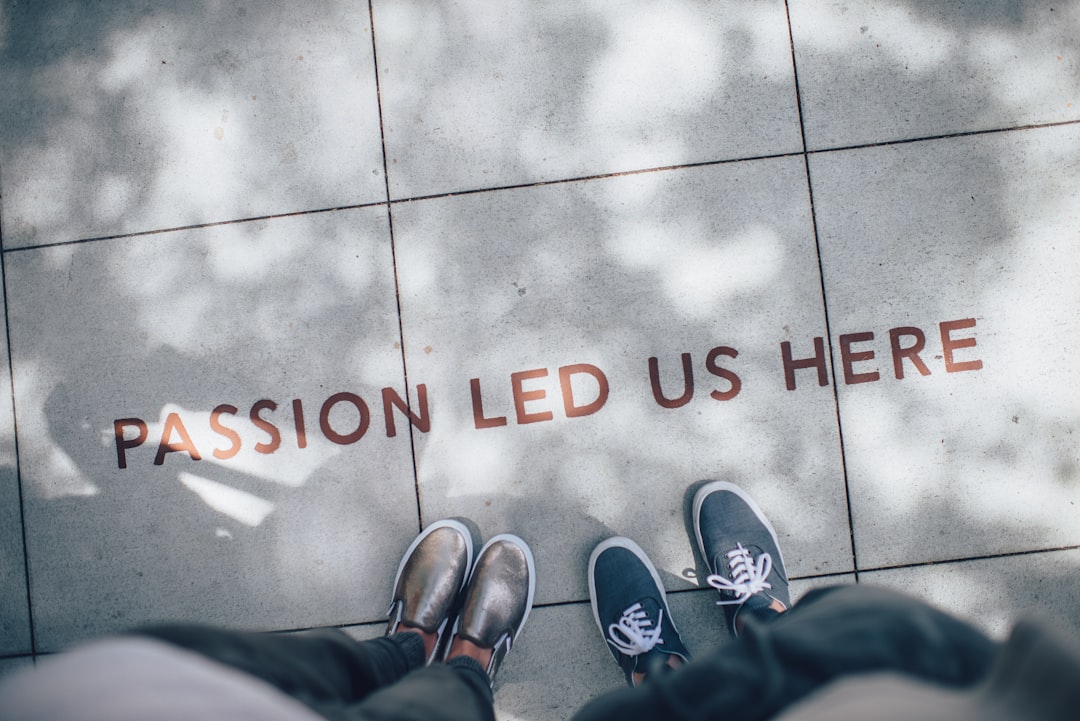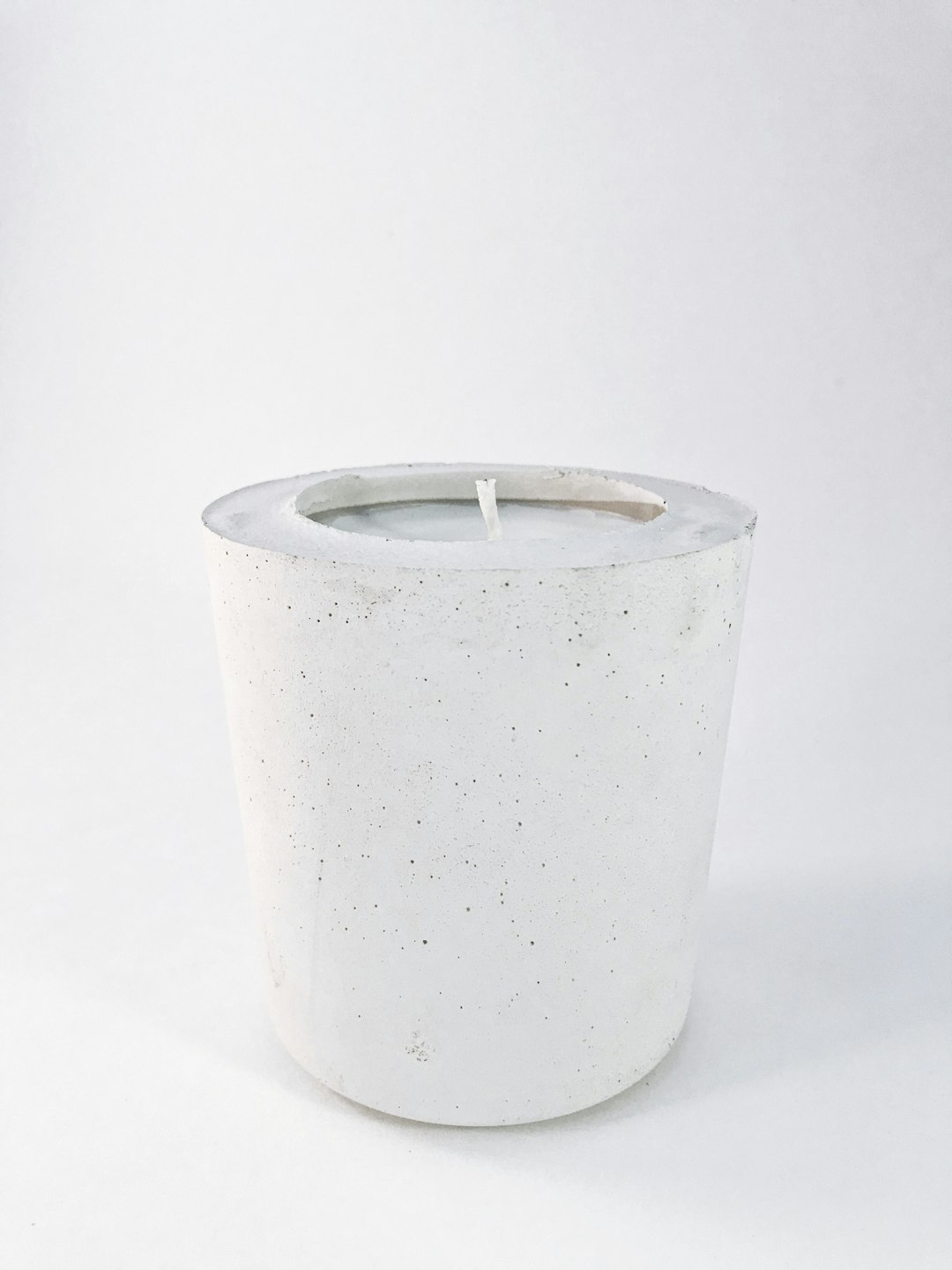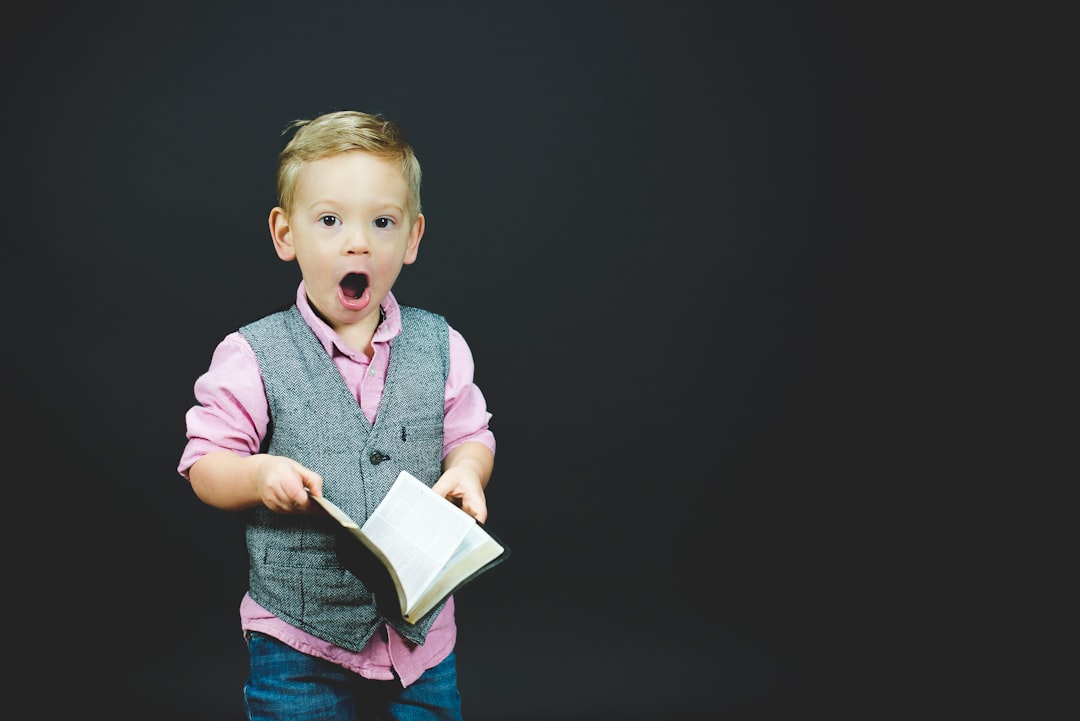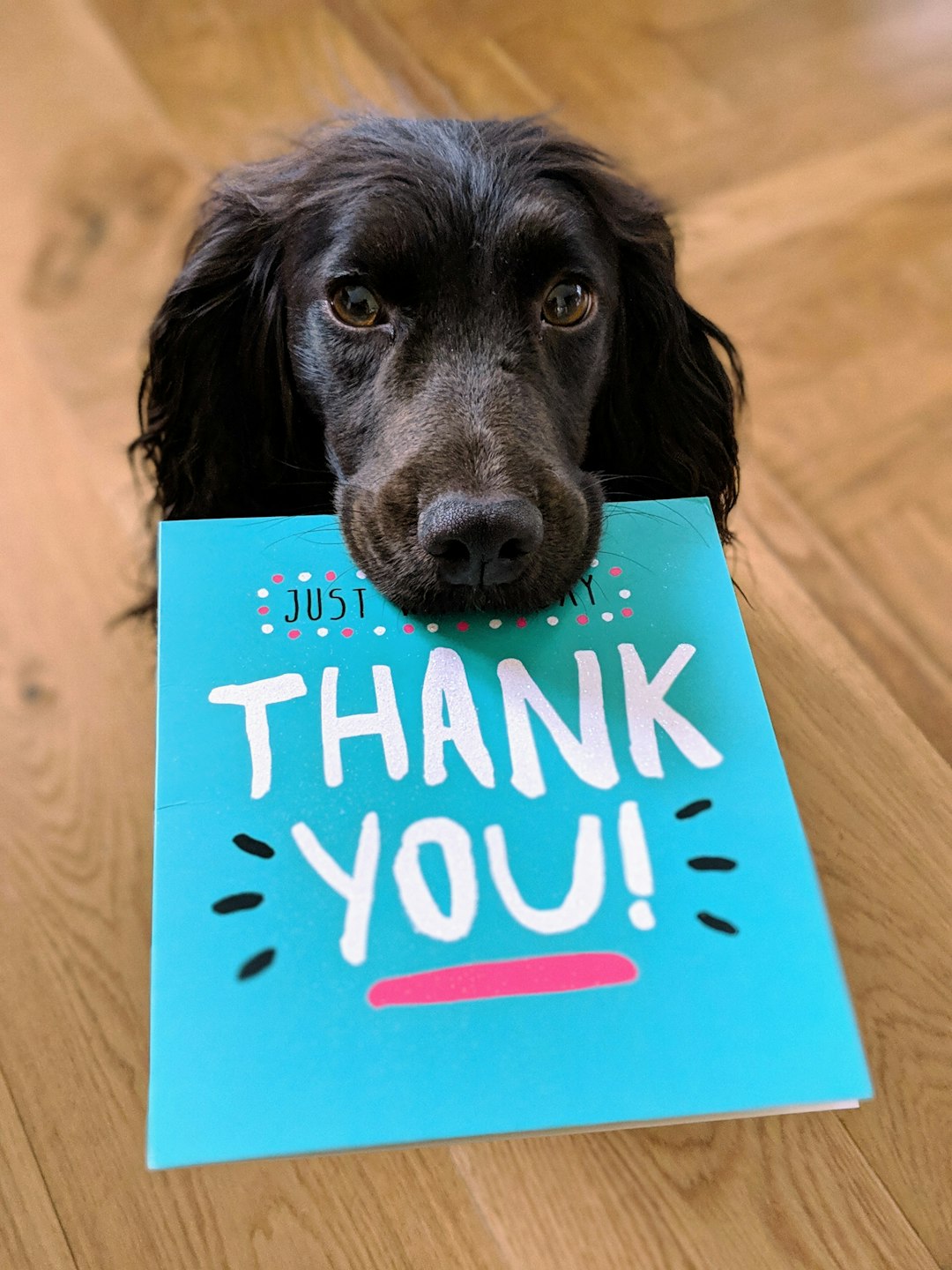Let's set the mood, part two: getting atmosphere in your story
WRITING TIPS ARE GOOD THINGS!

Last week, we talked a bit about creating mood or atmosphere in your story, and this week, I’m going to share some cool ideas from other humans.
What? I do not know everything? Gasp!!!!
Sadly, I do not. For instance today I wrote that Acadia National Park has a million visitors. It has four million. Did I know this? Yes. Did I write it? No.
Did someone tell me immediately?
Yep.
Thanks to that person for letting me fix my mistake.
The thing is I am really human and that means I try to juggle a lot of things and sometimes I make errors. I try to tell myself that this is okay. That in a billion years (or 100) nobody will remember me or my errors. Usually that works. But not today.
But all of this just means:
1. I don’t trust myself today.
2. You get to read curated advice from cooler people instead. That’s a win!
Here, this first is from MasterClass. It’s kind of beautiful and pretty concise like art that you get off Ballard Designs.

3 Tips for Creating Mood for Your Story via MasterClass (these three tips are all a direct quote):
Use a holistic approach to mood. Since mood is made up of a combination of setting, tone, word choice, and theme, it’s important that you as a writer think about all four while you work. If you try to use only one of these tools, you’re severely limiting your ability to create a believable and pervasive mood for your story. A good rule of thumb is to shoot for at least three of these tools to establish your mood.
Brainstorm mood words. If you’re drawing a blank when it comes to how to create a particular mood, it can help to brainstorm a list of mood words. For instance, if you know you want your story to have a creepy mood, then try making a list of different words that feel creepy to you, like these: gloomy, creak, tiptoe, moonlight, skittering, shadow, rattling. Once you’ve got a good list, pick a few of your favorites and include them in the scene.
Subvert expectations. While it’s easy to go with the “expected” mood for your stories (for instance, that a story about a wedding will have a lighthearted, celebratory mood), remember that it’s not always the best choice. When you push yourself to subvert readers’ expectations, you can come up with creative and exciting combinations—for example, a wedding story with a foreboding mood, or a ghost story with a funny mood. Innovating with mood can help you create memorable, lasting writing.
Let’s dive a tiny bit deeper into that first tip. Do I trust myself enough for that? Um, not really. Here goes anyway.
Setting is where the story is located or “set.” Set = setting, so clever a language English is.
Tone isn’t about the reader. Mood is. Tone is about the narrator and the attitude they are putting down about the events.
Word choice is pretty self-explanatory. It’s the words that you the author put on the page. Short words can make things staccato. Long words can make things mellifluous. Swear words can make things tense, emphatic or even humorous.
Theme. That’s what the story is about and what it’s trying to convey. A story that true love exists and that it will save the world and all the cavorting hamsters within it? That’s going to be part of the mood and atmosphere of the story.
So, when MasterClass is talking about how these elements work (in tip #1), the MasterClass staff authors of that blog post is just saying to weave it all together and make it create that atmosphere.



